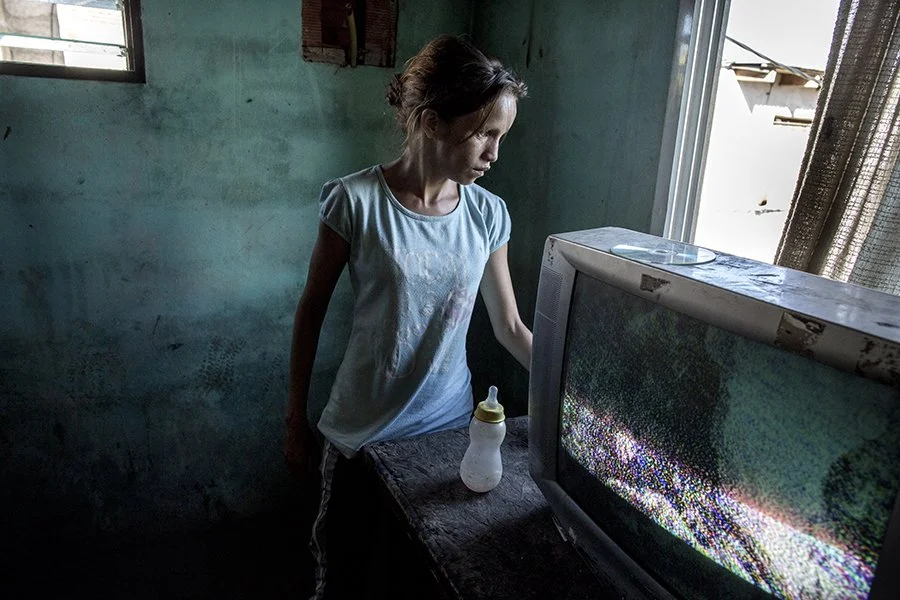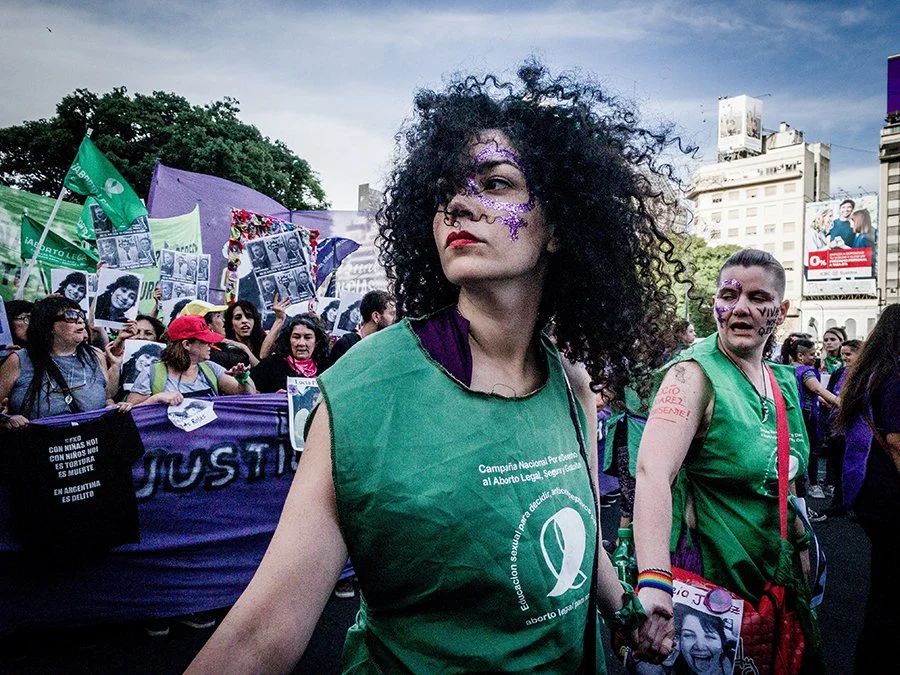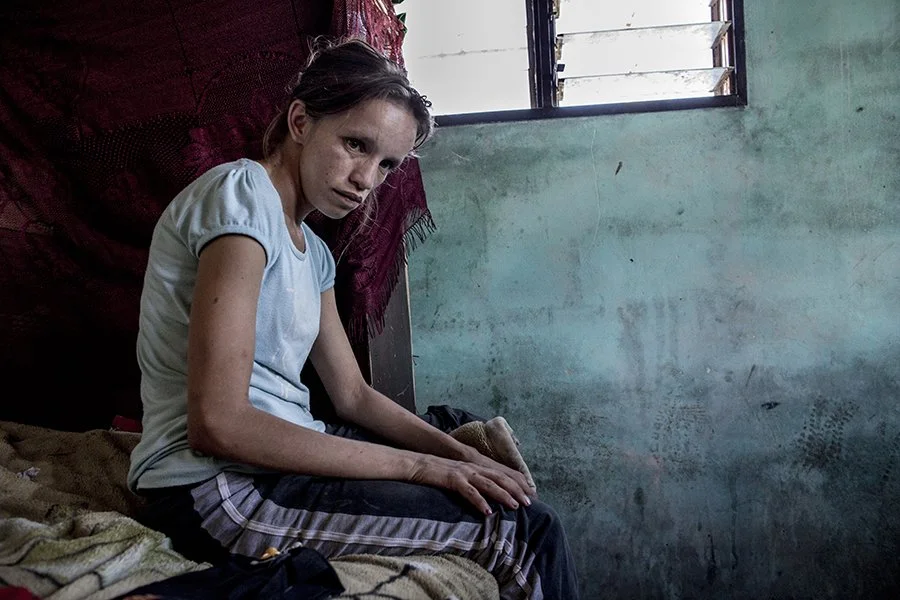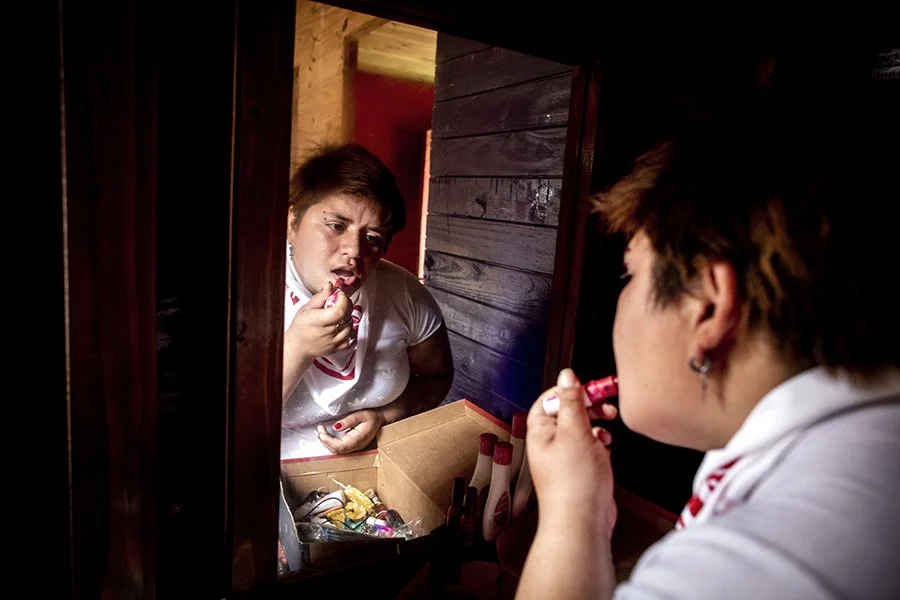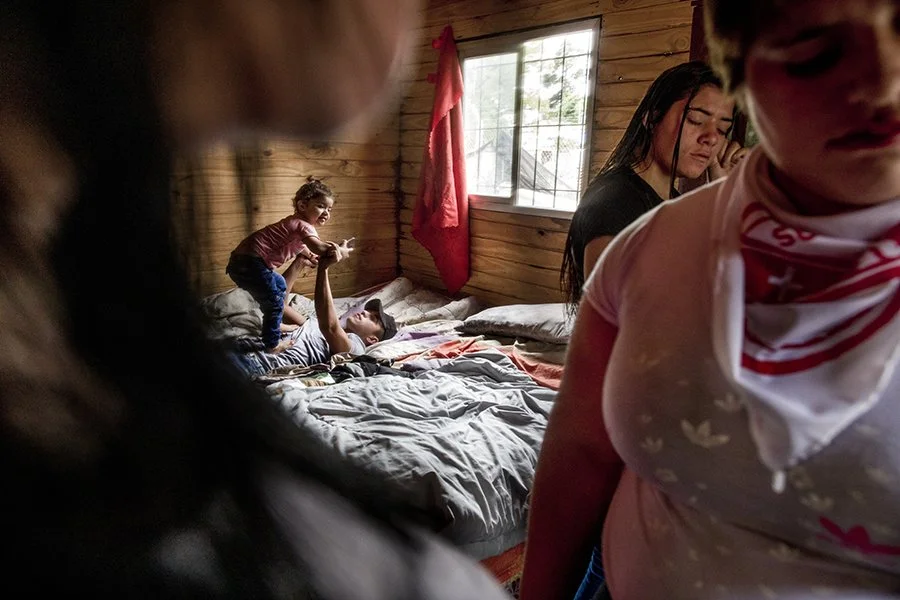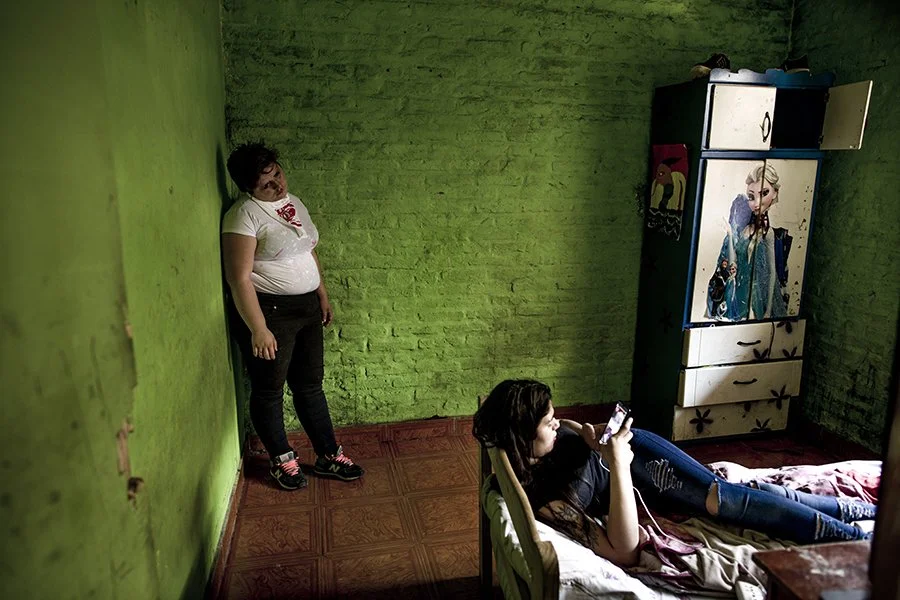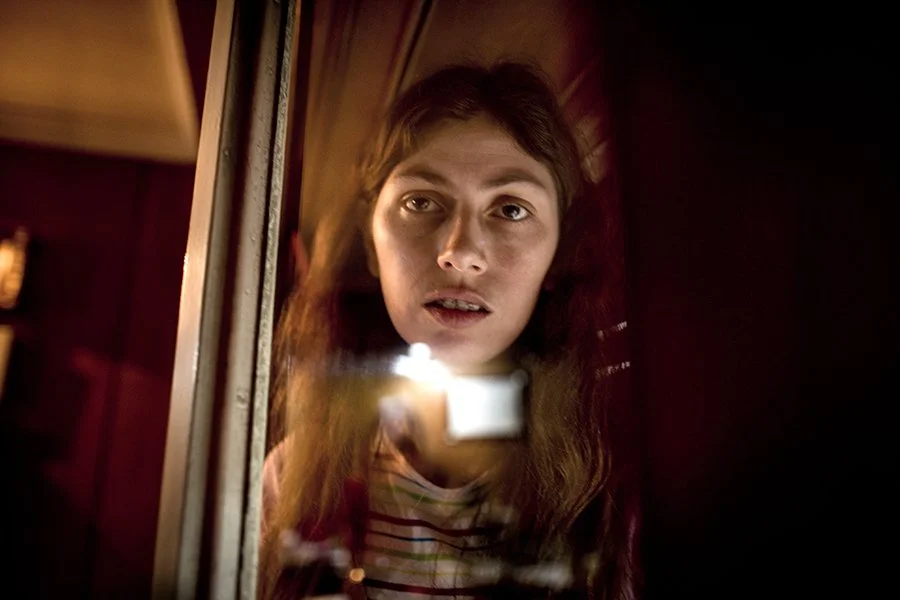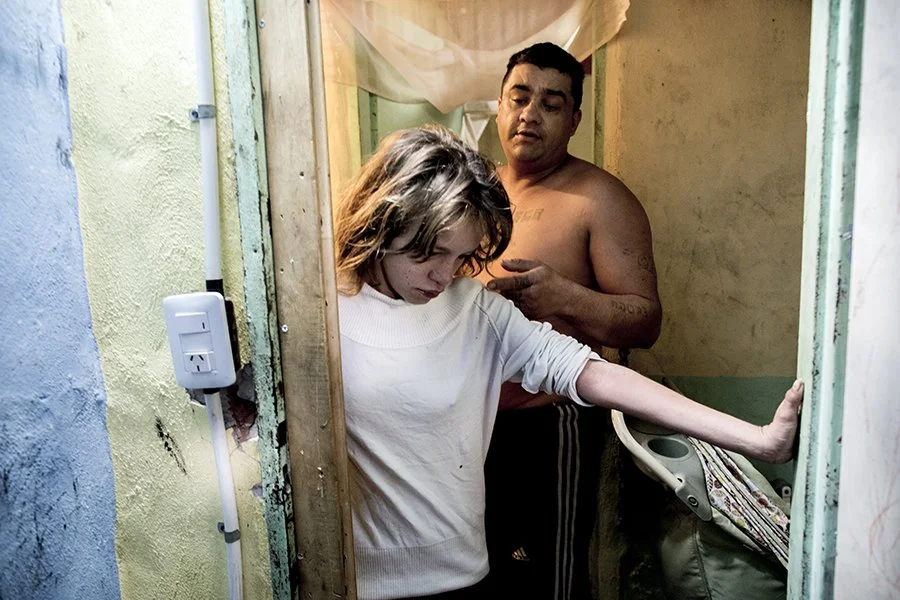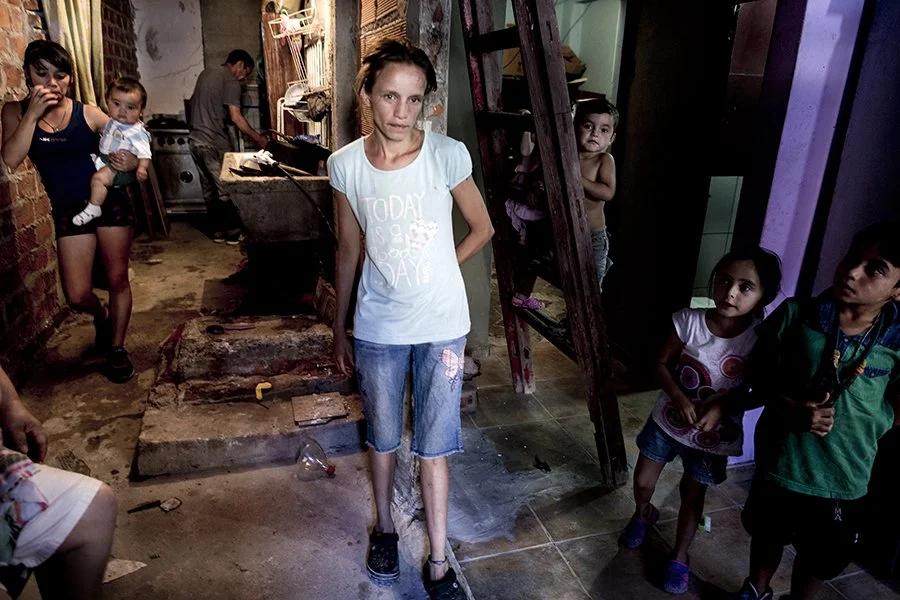SURVIVORS
Women Trafficking in Argentina
I met Margarita Meira at the end of 2015 in Buenos Aires, in the Constitución neighborhood, where she had recently founded the association of mothers of victims of trafficking. They met in a small room with a table, a few chairs and a wall of photos of missing girls, vanished into thin air: some a few months before, others years before, all of them had been kidnapped and forced into prostitution in some hidden brothel in the city.
The work on women trafficking in Argentina began by looking at those images of smiling and unaware girls. The idea of telling the invisible was very complex because I was in contact with something that didn't exist at that time. I started listening, listening to the desperate mothers who were looking for their daughters, sometimes for years, and never stopped hoping, fighting. I met the few girls who had miraculously managed to escape after years of abuse and violence at the hands of their tormentors. I looked into the steady eyes of Fabiola, a 21-year-old girl, skin and bones, who when I met her for the first time weighed 32 kilos. I felt her absent gaze and her tears from time to time, as well as Nancy's apparently serene expression and Laura's immense pain.
I tried to understand their wounds and at first I didn't use the camera, it wasn't necessary, first it was necessary to get in touch with them: marching all together at the demonstrations of the mothers of the victims of trafficking and seeing how these women tried to survive inside. I was interested in telling their inner life but also how they lived, their contact with the outside world.
The photographic work began by subtraction, looking beyond what I saw, in gestures, in the gaze, in movements, in a present that is past and in a past that tries to be present. I began to photograph desperate mothers and girls who returned after being locked up in a clandestine hole. I wanted to tell the praiseworthy strength of Margarita who does the impossible to find some missing woman and give her back an identity.
I have been in the poorest provinces of Buenos Aires where many of these girls take refuge: in ghost shacks, in contact with a dramatic reality. The intent was not to give the work on trafficking only a reportage perspective, but to try to understand where the kidnapping began, because Argentina is a country so accustomed to the disappearance of people, more than any other place in the world. I was interested in telling what Margarita and her mothers do, but also what the girls who return from this nightmare feel and understand. A world so complex and often impenetrable, made of absence, pain, violence that remains attached to the skin, in the eyes of those who have experienced it. The images I have sought serve precisely to tell the wounds left by those women who survived.



